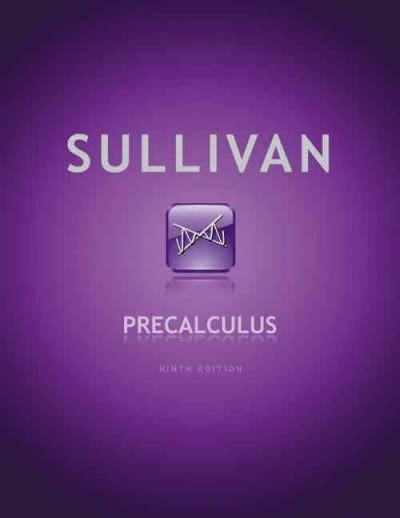Question
Suppose a counseling psychologist sets out to see whether the age of entering the relationship is related to relationship longevity. He decides to measure relationship
Suppose a counseling psychologist sets out to see whether the age of entering the relationship is related to relationship longevity. He decides to measure relationship satisfaction in a group of couples formed when the younger partner was younger than 30 and a group of couples formed when the younger partner was 30 or older. He chooses the Marital Satisfaction Inventory because it refers to "partner" and "relationship" rather than "spouse" and "marriage," which makes it useful for research with both traditional and nontraditional couples. Higher scores on the Marital Satisfaction Inventory indicate greater relationship satisfaction.
The psychologist administers the Marital Satisfaction Inventory to 85 couples31 are couples formed when the younger partner was younger than 30 and 54 are couples formed when the younger partner was 30 or older. He wants to calculate the correlation between a couple's relationship satisfaction and whether the younger partner was younger or older than 30 at the beginning of the relationship. Which of the following types of correlations would be most appropriate for the psychologist to use?
___ A Spearman correlation
___ A phi-correlation
___ A Pearson correlation
___ A point-biserial correlation
To calculate the correlation, the psychologist converts "the age of entering the relationship" to a dichotomous variable. Suppose the data for the first 5 couples he surveys are shown in the table that follows. By assigning zero (0) to couples formed when the younger partner was younger than 30 and one (1) to couples formed when the younger partner was 30 or older, complete the table.
| Age of the Younger Partner | Marital Satisfaction Inventory Score | Age of the Younger Partner(Converted) |
|---|---|---|
| younger than 30 | 20 | ????? |
| younger than 30 | 41 | ????? |
| 30 or older | 18 | ????? |
| 30 or older | 46 | ????? |
| younger than 30 | 32 | ????? |
Suppose the psychologist calculates the correlation using the data as coded in the previous table. Then, he recalculates the correlation, but this time, instead of assigning zero (0) to couples formed when the younger partner was younger than 30 and one (1) to couples formed when the younger partner was 30 or older, he reverses the codes and assigns one (1) to couples formed when the younger partner was younger than 30 and zero (0) to couples formed when the younger partner was 30 or older. Which of the following statements is true regarding his two calculations of the correlation?
___ The two correlations are the same.
___ he absolute values of the two correlations are different.
___ The signs of the two correlations are opposite, but their absolute values are the same.
Before calculating the correlation, the psychologist does an independent-measures t test comparing the Marital Satisfaction Inventory scores of couples formed when the younger partner was younger than 30 and couples formed when the younger partner was 30 or older. The value of the t statistic is 2.63 with 83 degrees of freedom. Using this information, the square of the point-biserial correlation is r = ___________ .
Step by Step Solution
There are 3 Steps involved in it
Step: 1

Get Instant Access to Expert-Tailored Solutions
See step-by-step solutions with expert insights and AI powered tools for academic success
Step: 2

Step: 3

Ace Your Homework with AI
Get the answers you need in no time with our AI-driven, step-by-step assistance
Get Started


